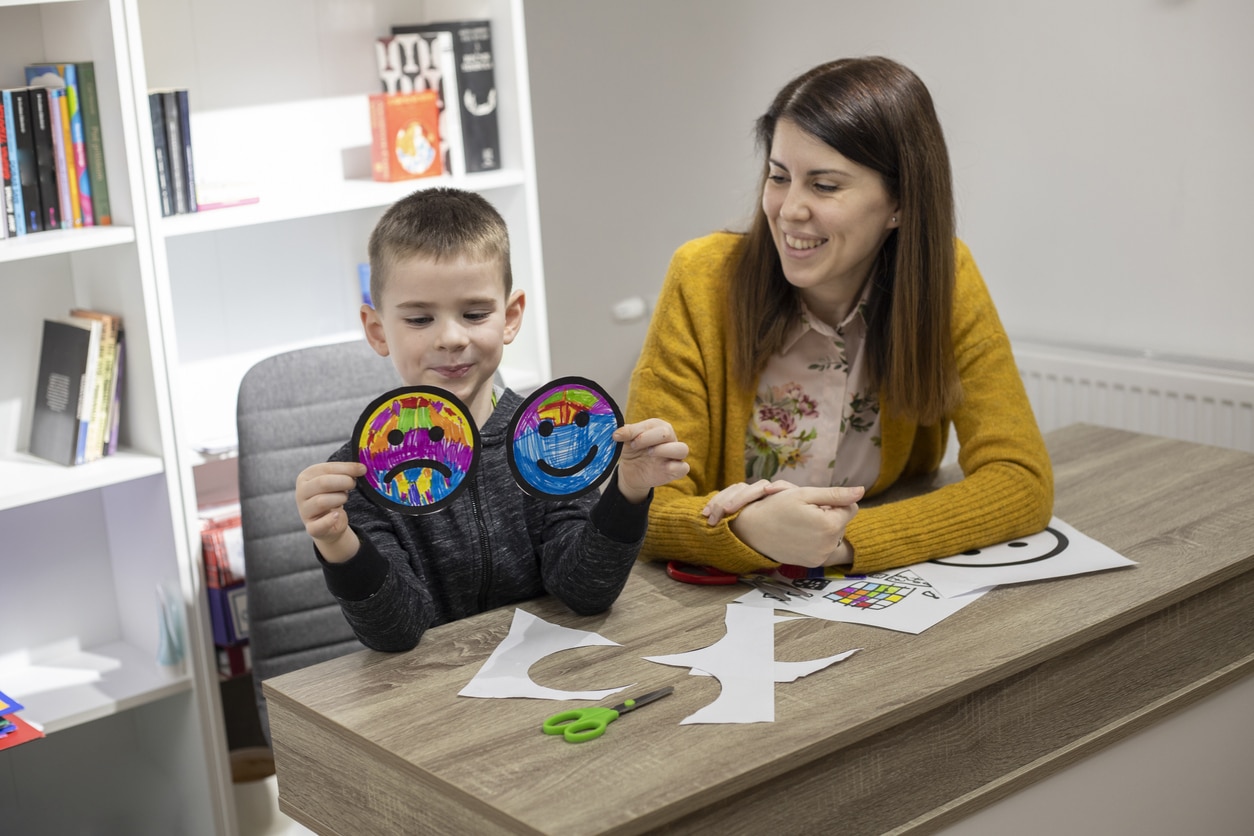
A Revolutionary Examination of Autism and Communication: Recent Research Alters the Discussion
A recent study released in Nature Human Behaviour questions the entrenched notion that individuals with autism naturally face hurdles in social communication. The results indicate that communication variations—not shortcomings—might be pivotal in grasping the autistic experience. This groundbreaking evidence could significantly influence education, healthcare, and workplace environments, changing how we engage with neurodiverse interactions in our society.
Refuting the “Communication Deficit” Misconception
For many years, autism has been clinically associated with challenges in social communication, often characterized as deficits in interpreting or expressing social cues. However, a research team led by Dr. Catherine Crompton from the University of Edinburgh is challenging this presumption.
“Autism has frequently been linked with social difficulties, both in everyday conversation and in clinical perspectives,” Crompton notes. “Researchers have devoted considerable effort to ‘correcting’ autistic communication, but this study illustrates that while autistic and non-autistic individuals communicate differently, their effectiveness remains comparable.”
An In-Depth Examination of the Study Design
The international research group, which included collaborators from the University of Texas at Dallas, University of Nottingham, and University of Glasgow, carried out a comprehensive experimental study involving 311 participants from diverse demographics and neurological backgrounds.
To evaluate communication effectiveness, researchers designed an experiment based on the childhood game “Telephone.” Participants were organized into communication chains of three distinct types:
– All-autistic groups
– All-non-autistic groups
– Mixed neurotype groups (inclusive of both autistic and non-autistic)
The first participant in each chain was given a story, which they then relayed verbally to the next participant, continuing until the last person narrated the story. By assessing the degree of original information that was accurately retained at the end of each chain, the researchers measured communication effectiveness across different group types.
The findings were enlightening: the accuracy of information transfer was consistently high across all three group variations. Autistic individuals communicated just as effectively with one another as non-autistic participants did within their respective groups. Even in mixed environments, no notable decrease in information exchange was detected, challenging the belief that autistic communication is fundamentally defective.
Neurotype Congruence: Similar Kindred Spirits Enhance Connection
While the accuracy of information sharing was steady, participants’ personal experiences revealed a more nuanced picture. Both autistic and non-autistic individuals expressed feeling more comfortable, connected, and at ease when engaging with others sharing their neurotype.
This concept—known as “neurotype matching”—implies that communication challenges between autistic and non-autistic people may arise not from a deficiency in skills, but rather from differing communication norms, expectations, and styles. What might be unclear for one individual could be perfectly understandable for another, depending on their neurological perspective.
Could merely recognizing these disparities help bridge the gap?
The Influence of Disclosure in Communication
Another significant facet of the study examined the impact of diagnostic disclosure: Would inter-personal communication improve if participants knew beforehand whether they were interacting with someone autistic or non-autistic?
Interestingly, the study revealed that when participants were aware of their partners’ neurotype, reported feelings of connection and empathy rose. This indicates that knowledge and comprehension of neurodivergence could aid participants in adapting their communication methods, resulting in more effective and gratifying interactions.
Nonetheless, in real-life contexts, the choice to reveal one’s diagnosis is complicated and often laced with stigma or discrimination. While the study highlights the communicative advantages of disclosure, it also emphasizes the necessity for wider societal acceptance to ensure such openness is safe and advantageous.
Reassessing Clinical Definitions and Crafting New Narratives
Perhaps most notably, the findings exert pressure on current diagnostic structures. At present, autism spectrum disorder is identified by “persistent deficits in social communication and social interaction.” Yet, if communication among autistic individuals can be just as effective—albeit different—should we categorize such communication differences as deficits?
The researchers advocate for a dynamic, context-sensitive approach to communication: one that acknowledges diverse styles as adaptive rather than pathological. This rethinking prioritizes mutual misunderstanding over unilateral failure, prompting educational, therapeutic, and policy frameworks to embrace more inclusive communication approaches.
Wider Societal Implications
This fresh perspective holds significant ramifications across various areas:
– In Education: Classroom strategies can be adjusted to accommodate neurodiverse communication styles, enhancing learning outcomes and peer relationships.
– At Work: Managers and colleagues can cultivate inclusive team dynamics by recognizing and adapting to diverse communication preferences.
– In Mental Health: Therapists and clinicians might pivot from attempting to “normalize” autistic communication to harnessing its strengths and intricacies.
Moreover, it underscores the significance of representation and community: when autistic individuals interact among themselves, not only does communication flourish, but emotional comfort and connection do too.
Conclusion: Not a Deficit, but a Distinction
This pioneering study reinforces a fundamental reality: autistic individuals do not lack communication skills—they simply engage differently. Just like navigating conversations across languages or cultures, understanding and respect can prove far more effective than efforts to “correct” those differences.